|
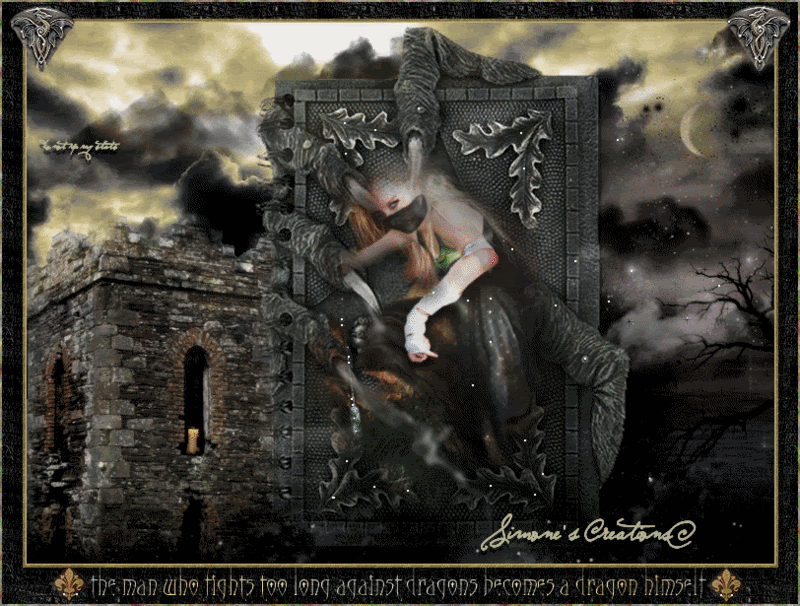

The oldest culture in the world to utilize dragons in their mythology and beliefs, are the Chinese. For them, the dragon is a divine, mythical creature that brings good fortune, prosperity and bounty. It is the symbol of emperors and imperial rule, and its legends have shaped a good portion of modern Chinese culture.
The dragon is a positive force, and represents power, excellence, and striving for goals, as well as being a benevolent force, which radiates goodwill, good luck, and blessings. Shrines to them can be found in many places in China, usually near the sea, since Eastern dragons tended to be water creatures.
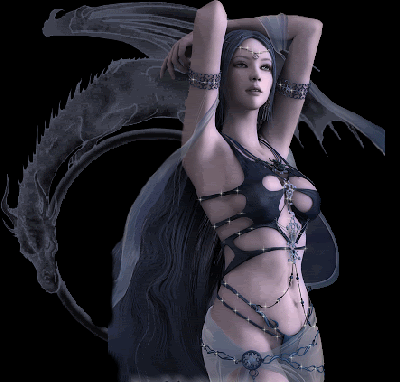
In Eastern culture, the dragon represents the essential forces of Nature. While Emperors consulted them as revered advisors, they did not always follow that advice, and consequently the dragons' anger would either produce storms and floods though the clouds they breathed out, or such things as water shortages, when they beat their tails about, and emptied lakes and rivers. A dragon's celestial breath, known as sheng chi, bestows warmth from the sun, wind from the ocean, soil from the Earth, and water from rain.
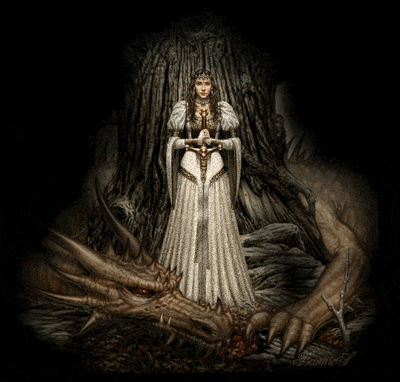
The number nine figures in many aspects of dragon worship in Chinese culture, for example, the nine ways in which they are shown:
On the screws of fiddles because they are said to like music
On top of bells and gongs, because they call out loudly
On the bottom of stone statues, since dragons can support heavy weights
On the top of writing tablets, because dragons are fond of literature
On bridges, because dragons are associated with water the eaves of temples, because dragons guard against danger
On Buddha's throne, where dragons rest
On prison gates, which represent trouble-making dragons
On the hilt of swords, because dragons can slaughter their enemies
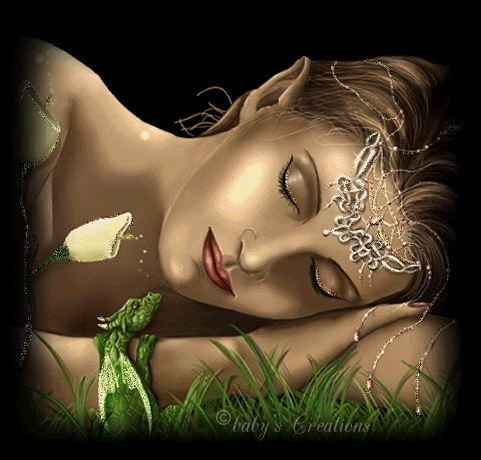
In Western culture, the dragon developed a very different persona, which many aficionados claim is misinterpretation of the tales in which their stories are told. Where Eastern dragons are perceived as good and benevolent, western dragons are all fire, and flinging their tails about, and biting heads off. In reality, if you read a broad range of literature from both hemispheres, you'll find that eastern dragons sometimes took a notion to be bad characters, and in the west, there are dragons whose whole existence was to serve and protect a kingdom, or prince, and they display the most sterling qualities of loyalty and sacrifice.
Part of the reason it is so hard to define what constitutes a dragon, is the wide variance in their physical images. In Eastern culture the dragon started out as an elongated, almost serpentine creature, usually, but not always showing four shortened legs, and a spaded tail. They were covered in scales, had a crest on the head, and were brightly colored in many hues. In Western culture, the traditional image of the dragon is of an almost reptilian animal, usually green, with wings like a bat, and breathing fire. Some also have feathers. Which is likely what leads to confusing dragons with gryphons (leonine in the hind quarters and raptor-like in the front quarters) and the phoenix (a mythical bird).
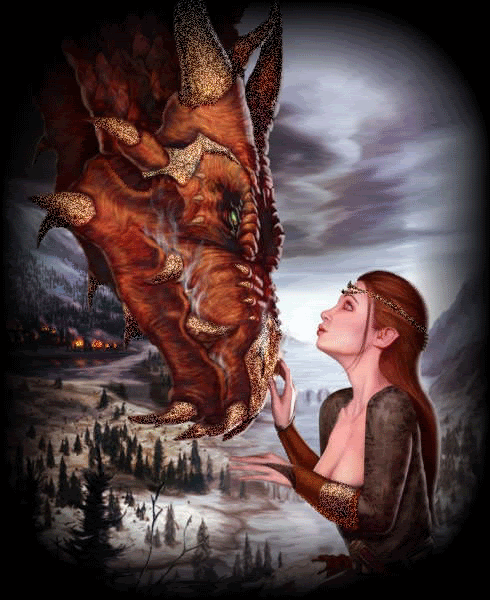
As the mythology of dragons in both cultures became shared through world travel, the line between the two images blurred, so that some Western representations, now show a definite eastern influence.
Today, the popularity of science fiction, and such role-playing games as Dungeons and Dragons, means that dragon figurines are a hot commodity. From pewter or other metal game pieces, to wood carvings, Chinese jade and crystal, the dragon has become a symbol of magic and mystery, a tangible piece of other worlds, that can be held in our hand, and admired for the exquisite craftsmanship put into every piece. Whether they are hand cast pottery, or hand-blown glass, dragon figurines add a splash of brilliance to a desktop, bookcase, or display pedestal, where they can rule over their kingdom.

Notable Dragons
The Tarasque dragon-like monster of Tarascon, France, was charmed and led back into the city by St. Martha, where he was stoned to death by the people.
Dragonroot, also known as Jack-in-the-pulpit. Used for medicinal purposes, but only after the root is dried. Taken internally while fresh it causes death by gastroenteritis.
Leviathan, a biblical creature who has wrapped his body around the Earth, and holds its tail in its mouth, lest the Earth fall apart.

Dragons in the Bible
For the Bible-believing creationist, of course, no time or evolutionary problems exist, and the facts of ancient literature and prehistoric art square very nicely with the Scriptural account. According to Genesis 1:21-23, water animals were created on the fifth day; according to Genesis 1:24-25, land animals, as well as man and woman, were created on the sixth day. Thus, according to the Bible all animals were created at approximately the same time. There were no long ages when man was not present and when dinosaurs ruled the earth. The Authorized Version utilizes the word "dragon" sixteen times, all in the Old Testament, rendering two Hebrew words which mean "sea or land monster."
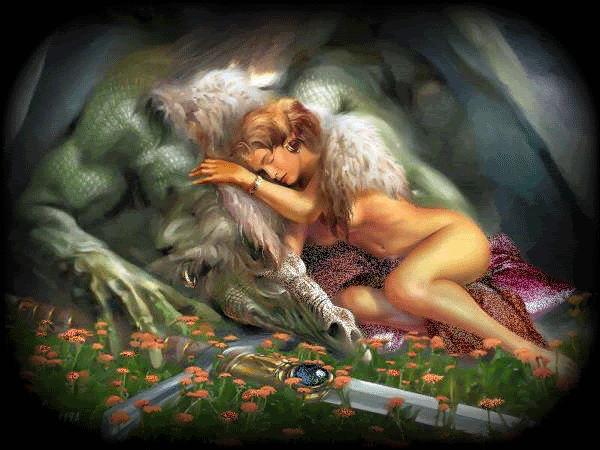
But perhaps even more graphic are some Biblical references which use other names for the creatures but which clearly describe dinosaurs. In Job 40:15ff, for example, Behemoth is described: "Is strength is in his loins, and his force is in the navel of his belly" (40:'16). Behemoth was a huge creature, and reading of it, one schooled in early literature can scarcely help but think of Fafnir, the dragon of early Danish fame. Behemoth, we read, moved his tail like a cedar. A tail as huge and powerful as a cedar tree? What animal can that possibly describe but a dinosaur? "His bones are as strong pieces of brass; his bones are like bars of iron" we read (40:18), perhaps recalling Sigurd, trembling because of the strength of the dragon Fafnir. When the author of Job writes "he that made him can make his sword to approach unto him," can the writer mean that only God is normally able to bring about the death of such a powerful creature? Again, I mentally envision Sigurd hiding in the pit, waiting for just the right moment to strike at one of the few places the dragon was vulnerable. Behemoth is a water creature, for "he lieth under the shady trees, in the covert of the reed, and fens...the willows of the brook compass him about" (40:22). This creature has a huge thirst, for "he drinketh up a river" (40:23). What animal other than a dinosaur can be described like this?
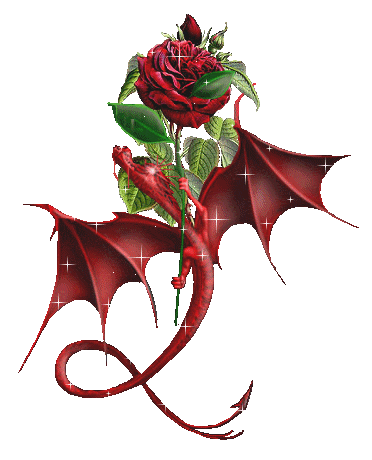
In the next chapter of Job, we read of another great creature, Leviathan. As with Behemoth, the record tells of God describing these creatures, and implies that Job was familiar with them. God is reminding Job of the great difficulty in catching a creature like Leviathan. God had created Leviathan, for He declares, "whatsoever is under the whole heaven is mine" (41:11). Leviathan has terrible teeth and scales or a strong, protective covering, typical of many dinosaurs. Do you see Sigurd trembling before Fafnir when you read, "When he (Leviathan) raiseth himself up, the mighty are afraid" (41:25)? Job is usually considered to be one of the oldest of the Bible books, possibly written when ice covered large parts of Europe and North Anerica shortly after the Great Flood. Many Bible scholars feel that some dinosaurs may have survived the Flood, being water creatures, but that due to severe climactic changes, they died out within a few generations after the Flood. If these small-brained creatures were experiencing hardships to which they were unaccustomed and ill-adapted, one can easily understand why a tradition of monstrous, fearsome dragons is recorded in virtually all early western cultures, which would have developed during or shortly following the time of Job.
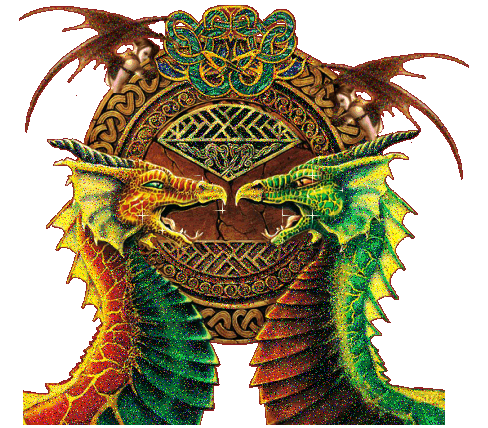
The Bible presents this time in history as a time of dispersion (Gen 10,11). People groups were moving out away from Ararat, where their fathers had landed after the Flood, out away from Babel, where they had congregated. They were venturing into the new lands that were to become their homes. The whole earth was unknown to them. At the same time, great climatic changes may have caused the dinosaurs to have been uncharacteristically hostile.
It is true that eastern traditions have not viewed the dragon as fearsom and evil, as have western cultures. We can only speculate as to the reason, but it is possible that the eastward migrating people groups simply did not have the gruesome encounters that their western contemporaries must have experienced. If so, these eastern peoples may have told their children stories of dinosaurs as they were handed down from before the Flood, when life was ideally adapted to their existence, food was plentiful, and perhaps animals and humans did not kill one another for food (Gen. 9:3).
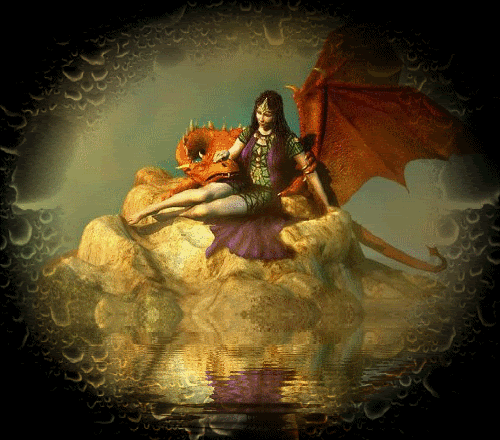
informtion by:
http://www.rae.org/dragons.html
http://www.colba.net/~tempest/
background and graphics by:



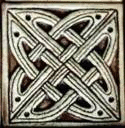
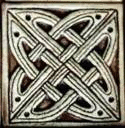
|